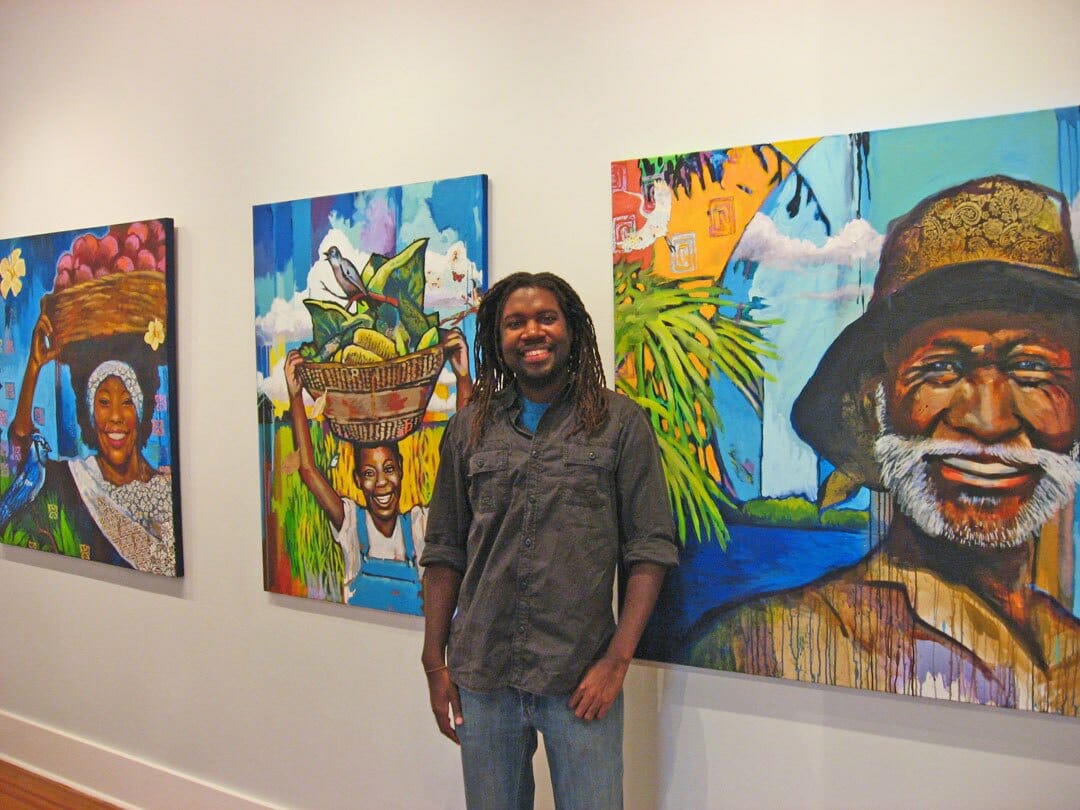By Susan Stone
This is the time of year that we must “feel the rhythm of the Earth” in order to know the right time to act. As another winter system moves through, we see the robins return, the Carolina Wrens searching for the perfect nesting spot and other species of birds performing their mating rituals. They are telling us that winter is nearing its end and spring is about to return. I wish I could tell you with certainty the right time to set out your seedlings, or to start shopping for them, but alas, it is a rhythm. And each year has its own.
By this time next month, we “should” be nice and warm during the day with cool nights, but there are years when winter hangs on a little longer than usual. There are years that we appear to have no spring at all, but instead go from winter to summer. If you think about it, the earth is always seeking balance. If summers are too hot, the winters may be too cold. If we use up too much water and the aquifers get low, too much rain or snow may fall to refill them. Balance is the name of the game.
Fortunately, our soil stays workable all winter. So, cool season vegetables like broccoli, cabbage, lettuces and greens of all sorts, peas and root vegetables like beets, carrots, onions, radishes and turnips do very well in this rollercoaster weather. You can plant seedlings or seed directly. This is a great time to plant berry bushes and to prune your woody plants while they are still dormant.
Valentine’s Day marks the time of year to prune roses, though I have held off pruning mine because it “feels” too early. That is what I mean by rhythm. Just because the calendar says it’s time, doesn’t mean it is. The rose needs to be pruned before its buds open, but if you cut them too early the warm days will force the rose to send out new branches, and if a late freeze comes the rose could be severely damaged. If that happens, the world does not blow up, I promise. The rose will just have to be cut back more severely, perhaps to its crown. And that’s okay too. Gardening is all about connecting to the rhythm of the earth and her cycles. Every season has new challenges and opportunities. I have learned most of what makes a garden beautiful by making a lot of mistakes and killing a lot of plants.
If this is your year to begin a new garden, flowers, vegetables or general landscape, start with good soil. It is one of the most overlooked areas of the garden. You will need a soil sample. This will tell you where to begin with your amendments. You would think you would want your PH to be balanced, but what are you growing? The Clemson Extension office here in Beaufort supplies little paper bags just for this purpose. Instructions are on the bag. For a small fee, they will analyze the sample and give you a report. Then your homework begins. Find out what your landscape needs. For example; azaleas, camellias and hydrangeas thrive in acidic soil. Your pine trees and oak trees create acidic conditions, so you may find you don’t need amend if you plant near them.
In the meantime listen, observe, pay attention to what nature is saying to us. Watch the little critters; they are the harbingers of spring…not the calendar. Put out some suet for the early birds. When you see the robins, the hummingbirds aren’t far behind.
One more thing. The pine, oak & azalea pollen will soon be falling again. If you have any sensitivity to it, this may help.
1-tsp. Local Honey
1-tsp. Apple Cider Vinegar
1-cup warm water
One to three times a day. It tastes like white grape juice and works like a charm!
You may send Susan your questions and garden wisdom to theriverangel.ss@gmail.com.



